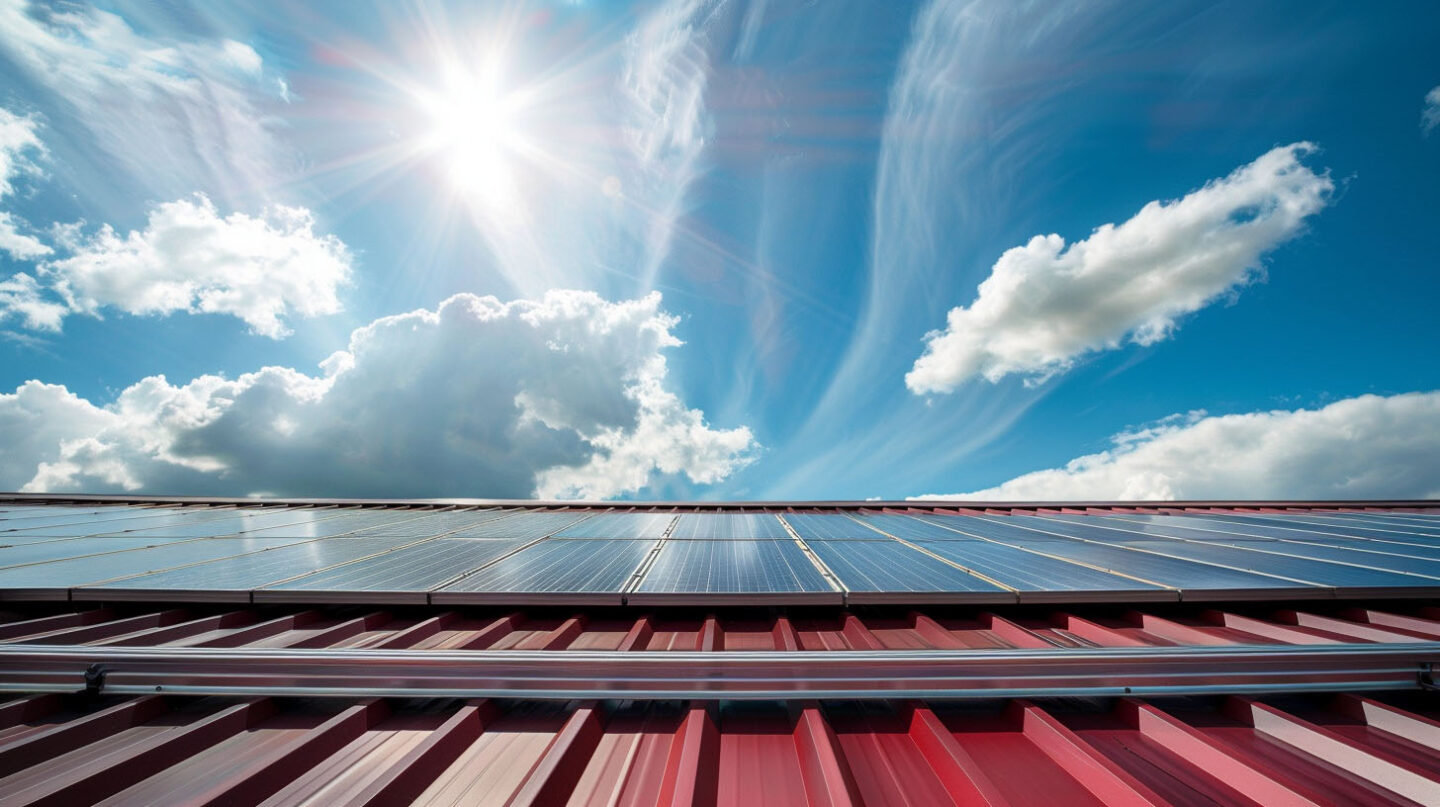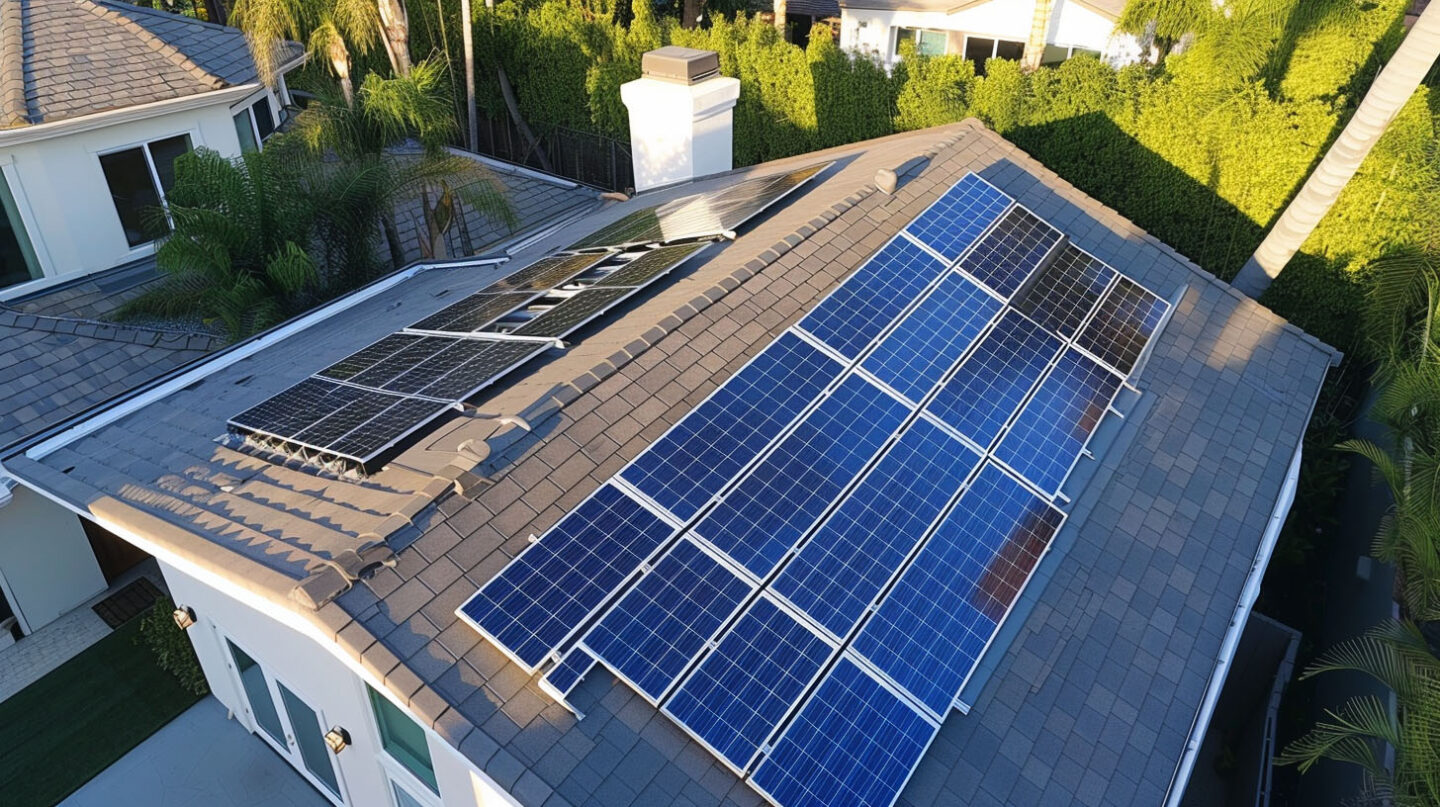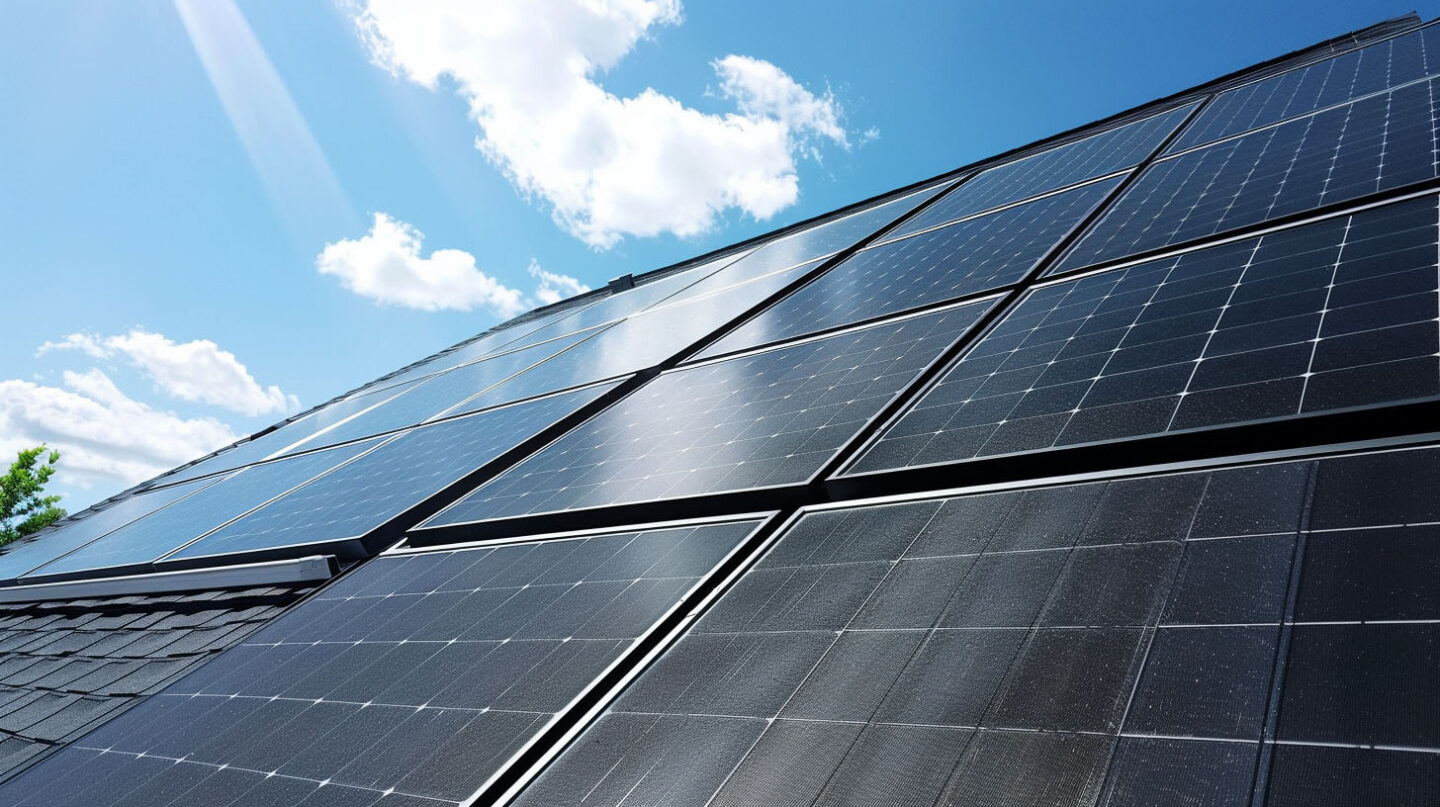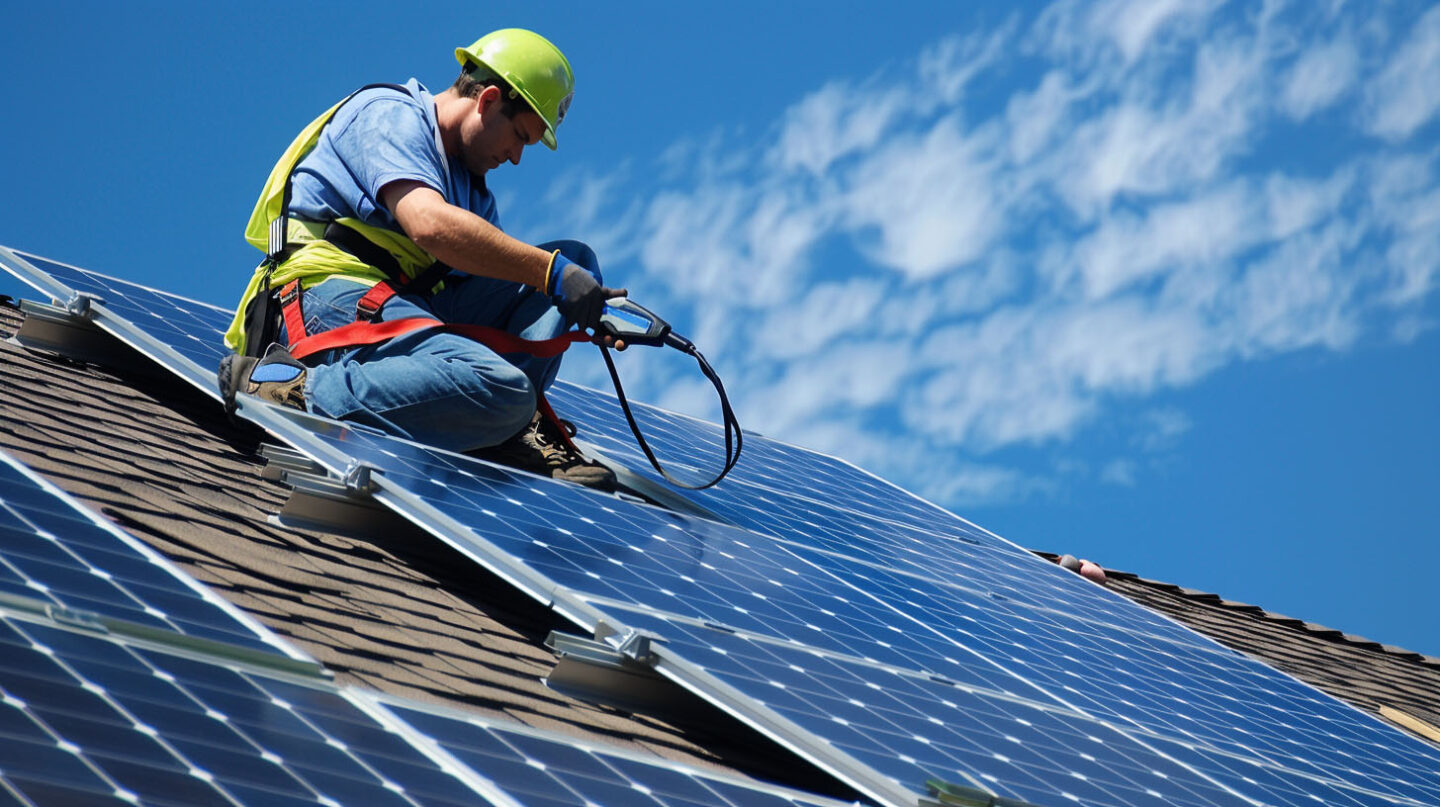Homeowners in Clayton, NC, who are considering re-roofing have a unique opportunity to lay the groundwork for future solar panel installation with our company, The Shingle Master. Proper preparation can make the transition to solar energy smoother, increase energy efficiency, and provide potential savings on energy bills. It is important to assess the condition of the roof, including structural integrity and compatibility with the technology. By focusing on quality materials and a proactive approach during roof replacement, The Shingle Master ensures that homeowners can increase the value of their property while enjoying a hassle-free solar energy experience in the future.
Evaluating Your Roof for Solar Readiness During a Re-Roof
A thorough roof assessment is key to ensuring solar readiness during a re-roofing project. This involves checking the roof’s condition for potential issues like damage or age, which could affect the installation of a panel system. Evaluating structural integrity and load capacity is essential since the weight of solar panels can add stress to the roof structure. Also, factors such as slope, orientation, and sun exposure play a critical role in optimizing energy generation and efficiency for your power setup.
Assessing Structural Integrity & Load Capacity
A thorough assessment of structural integrity and load capacity is vital for any roofing project, especially when considering solar panel installation. This involves evaluating the roof’s structural elements, ensuring they can support the weight of solar panels and withstand environmental stresses like high winds and extreme temperatures. Engaging a structural engineer can provide insights into the stability of the building structure. Addressing potential issues early not only boosts energy efficiency but also enhances the property value and offers peace of mind for homeowners.
Reviewing Slope, Orientation, and Sun Exposure
Slope, orientation, and sun exposure play crucial roles in optimizing a panel system. An ideal roof should have a south-facing slope for maximum sunlight, promoting energy generation throughout the day. During your roof assessment, it’s important to consider any obstructions, such as trees or buildings, that could cast shadows on your panels, reducing efficiency. A structural engineer can help determine the best slope and orientation, ensuring your new roof supports a seamless installation that yields maximum energy savings.

Selecting Solar-Compatible Roofing Materials
Choosing the right roofing materials is crucial for optimizing a system’s performance. Asphalt shingles are popular for their durability and energy efficiency, while metal roofing offers excellent longevity and reflects solar heat, enhancing energy savings. Consider the weight of solar panels when selecting materials, ensuring they can withstand high winds and extreme temperatures. By opting for quality materials, homeowners can enhance their roof’s integrity, boost property value, and enjoy a seamless experience when technology is integrated down the line.
Comparing Popular Roofing Options for Solar Installations
As homeowners consider solar panel installations, selecting the right roofing materials is essential for maximizing energy efficiency and durability. Asphalt shingles are a popular choice, offering a stable foundation and compatibility with most systems. Metal roofs, known for their longevity and ability to withstand high winds, can also enhance energy generation. Additionally, tile roofs provide aesthetic appeal but may require additional structural support due to their weight. Considering these options ensures a seamless experience for future solar panel deployment.
Longevity and Warranty Considerations
Choosing roofing materials with longevity in mind safeguards your investment and enhances the integration of a solar panel system. Quality materials, such as asphalt shingles, often come with extended warranties, ensuring peace of mind over the years. As technology evolves, consider manufacturers that offer lifetime warranties, which can cover potential issues associated with installation. Evaluating warranty specifics is essential, as it not only protects against roof damage but also positively impacts property value and energy savings in the long run.
Planning Structural Upgrades for Future Solar Panels
Reinforcing Trusses and Rafters
Reinforcing trusses and rafters is a vital step in preparing your roof for a future solar panel installation. Upgrading these structural components ensures they can support the weight of solar panels while maintaining roof integrity. A professional approach from a structural engineer can identify necessary repairs and enhancements, bolstering your roof against high winds and extreme temperatures. This proactive measure not only safeguards your home but also contributes to energy efficiency, ensuring your system generates clean energy for years to come.

Integrating Mounting Hardware During Re-Roofing
Integrating mounting hardware during a re-roof provides an essential opportunity to ensure your new roof can support a solar panel system effectively. Proper installation of brackets and rails creates a stable foundation, enhancing structural integrity and minimizing potential damage from high winds or extreme temperatures. Collaborating with experienced installers ensures that mounting hardware aligns seamlessly with your roofing materials. This proactive approach not only maximizes energy generation but also contributes to a more sustainable future for your home and family.
Your Next Steps
Future-proofing your roofing project ensures not only the longevity of your investment but also the seamless integration of solar energy technologies. By prioritizing structural integrity and energy efficiency, you’re taking proactive steps towards a more sustainable future. This thoughtful preparation enhances your property’s value and prevents potential issues that could arise down the line. Embrace the benefits of panels while enjoying peace of mind, knowing your home is equipped for the evolving landscape of renewable energy. As a GAF Master Elite Contractor, BBB A+, Haag Certified Inspector, NC Licensed General Contractor, and recognized as Raleigh’s Best Roofing Contractor by NHBA, we are committed to delivering exceptional quality and service in your roofing project.
Frequently Asked Questions
Is the solar industry on the verge of collapse?
Despite challenges like supply chain issues and fluctuating policies, the solar industry remains resilient. Innovations and increasing demand for renewable energy sources continue to drive growth, making a complete collapse unlikely. Strategic planning during re-roofing can further enhance solar readiness.

What are the structural considerations for solar installers?
Structural considerations for installers include evaluating the roof’s load capacity, ensuring trusses and rafters are reinforced, and assessing overall integrity. Proper integration of mounting hardware is also essential during re-roofing to accommodate future panel installation effectively.
What is the 33% rule in solar panels?
The 33% rule in solar panels refers to the guideline suggesting that solar installations should occupy no more than one-third of a roof’s surface area. This ensures optimal energy production while maintaining structural integrity and preventing potential issues with roofing materials and load capacity.
Read our blog: Roof Penetrations: Maintaining Vents, Boots, and Mounts


